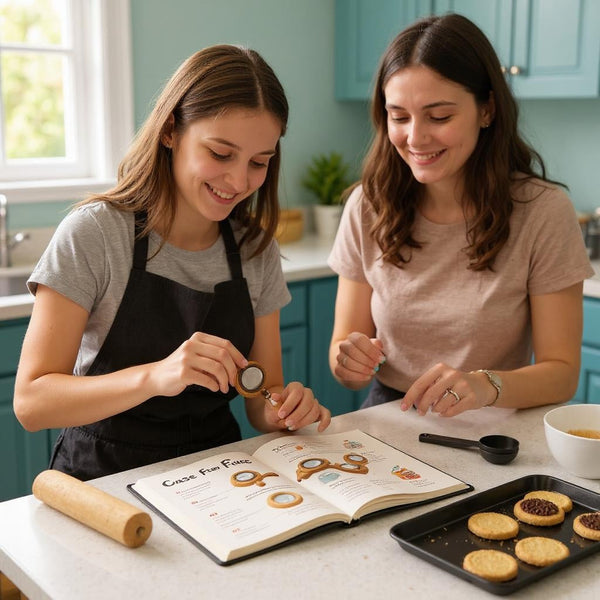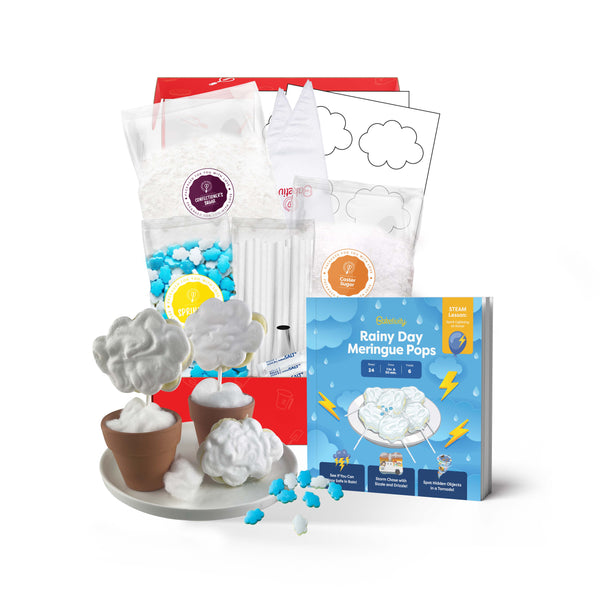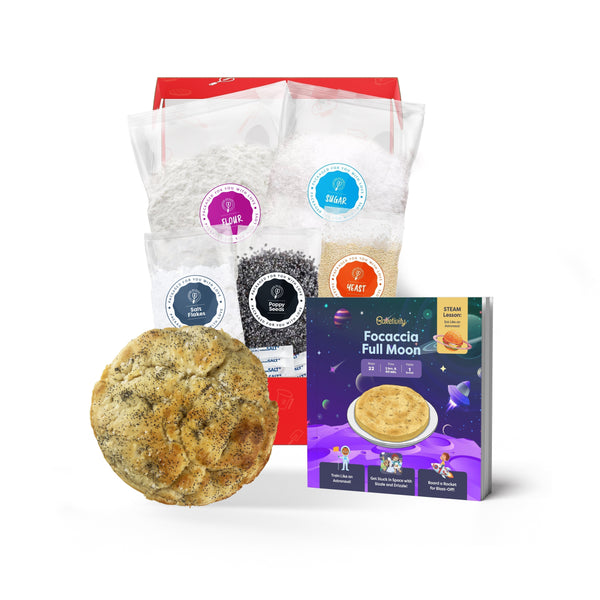Homeschooling provides a unique opportunity for parents to create a
personalized educational experience for their children. One of the most effective approaches to homeschool curriculum is hands-on learning, which actively engages students in the learning process. In this article, we will explore the importance of engaged learning and discuss key elements of an effective homeschool curriculum. We will also review the top hands-on homeschool curriculum choices and provide tips for implementing this approach in your homeschooling journey.
Understanding the Importance of Engaged Learning
Engaged learning is an essential component of successful homeschooling. When students are actively involved in their education, they are more motivated and enthusiastic about learning. Engaged learning encourages critical thinking, problem-solving skills, and the ability to apply knowledge in real-life situations. Additionally, it fosters a positive learning environment that nurtures creativity and curiosity.
Engaged learning goes beyond traditional teaching methods by immersing students in the learning process. It encourages them to take ownership of their education and become active participants in their own academic journey. By engaging with the material in a meaningful way, students develop a deeper connection to the subject matter and are more likely to retain the information long-term.
The Role of Engagement in Homeschooling
In the homeschooling environment, engagement plays a crucial role in the overall success and enjoyment of the educational experience. As parents, we have the unique opportunity to tailor our children's curriculum to their specific interests, learning styles, and abilities. By incorporating
hands-on activities, experiments, and interactive materials, we can enhance engagement and make learning more meaningful for our children.
Engagement in homeschooling also fosters a strong bond between parents and children. By actively participating in their children's education, parents can better understand their strengths, weaknesses, and interests. This personalized approach allows for targeted instruction and support, leading to
academic growth and success.
Benefits of Hands-On Learning in Homeschool Curriculum
Hands-on learning offers numerous benefits for homeschoolers. It allows students to actively explore concepts, apply knowledge, and develop
practical skills. Through hands-on activities, children gain a deeper understanding of the subject matter and are more likely to retain what they learn. Moreover, hands-on learning promotes collaboration, problem-solving, and critical thinking skills, which are vital for future success.
Hands-on learning experiences also cater to different learning styles, ensuring that all children have the opportunity to excel. Visual, auditory, and kinesthetic learners can all benefit from hands-on activities that cater to their individual strengths. By incorporating a variety of hands-on learning opportunities, parents can create a well-rounded curriculum that meets the diverse needs of their children.
Key Elements of an Effective Homeschool Curriculum
When designing a hands-on homeschool curriculum, it's important to consider key elements that will enhance the learning experience for your child.
Creating a well-rounded homeschool curriculum involves more than just choosing the right subjects to study. It requires a thoughtful approach that integrates various teaching methods and resources to cater to your child's unique learning style and interests. By incorporating a diverse range of activities and materials, you can create a dynamic and engaging learning environment that fosters curiosity and critical thinking skills.
The Balance of Theory and Practice
An effective curriculum should strike a balance between theoretical knowledge and practical application. While textbooks and workbooks offer essential foundational knowledge, hands-on activities, experiments, and real-world applications bring learning to life. Combining both approaches ensures a comprehensive and engaging learning experience.
Hands-on activities not only help solidify abstract concepts but also encourage creativity, problem-solving, and teamwork. Whether it's conducting science experiments, building models, or engaging in role-playing exercises, practical application reinforces theoretical concepts and deepens understanding. By incorporating a variety of hands-on activities into your homeschool curriculum, you can provide a well-rounded education that prepares your child for success in the real world.
Incorporating Interactive Learning Tools
Interactive learning tools play a vital role in hands-on homeschool curriculum. These tools include manipulatives, educational games, multimedia resources, and online learning platforms. By incorporating these interactive resources, parents can ensure active participation and reinforce key concepts effectively.
Technology has revolutionized the way we learn, offering endless possibilities for interactive and engaging educational experiences. From virtual field trips and simulations to educational apps and online forums, interactive learning tools provide a dynamic and immersive learning environment. By leveraging these tools in your homeschool curriculum, you can enhance your child's engagement, motivation, and retention of knowledge across various subjects.
Top Hands-On Homeschool Curriculum Choices
There are several comprehensive hands-on homeschool curriculum options available, each offering unique features and approaches to engaged learning.
When diving into the world of homeschooling, it's essential to explore the plethora of hands-on curriculum choices that cater to various learning styles and preferences. From interactive online platforms to traditional textbook-based resources, the options are vast and varied, ensuring that every child's educational needs are met.
Reviewing the Best Comprehensive Curriculum Options
When choosing a comprehensive curriculum, consider factors such as grade level, learning style, and your child's interests. Some popular options include integrated curriculum packages that cover multiple subjects, allowing for seamless integration and a holistic educational experience.
Furthermore, comprehensive curriculum choices often incorporate real-world applications and practical skills to enhance the learning journey. Whether it's through field trips, hands-on experiments, or collaborative projects, these curricula aim to provide a well-rounded education that goes beyond traditional textbook learning.
Subject-Specific Curriculum Choices for Engaged Learning
In addition to comprehensive curriculum options, subject-specific curriculum choices are available to provide a focused and in-depth study of particular subjects. These curriculum choices often include hands-on activities, experiments, and projects that cater to specific interests and passions.
Subject-specific curricula not only deepen a student's understanding of a particular topic but also foster a sense of curiosity and exploration. By delving into subjects such as science, history, or the arts in a hands-on manner, students can develop critical thinking skills and a lifelong love for learning.
Adapting Curriculum for Different Learning Styles
Every child has a unique learning style, and it's important to adapt the curriculum to meet their individual needs.
Strategies for Visual Learners
Visual learners benefit from using visual aids such as charts, diagrams, and videos. Incorporating visual elements into the curriculum helps them grasp and retain information more effectively.
Approaches for Kinesthetic Learners
Kinesthetic learners thrive on hands-on activities and movement. Incorporating manipulatives, experiments, and physical activities into the curriculum allows them to
engage their senses and enhance their learning experience.
Tips for Implementing a Hands-On Homeschool Curriculum
To maximize the benefits of a hands-on homeschool curriculum, consider the following tips:
Creating an Engaging Learning Environment at Home
Designate a dedicated learning space at home that is free from distractions. Organize materials, resources, and supplies in an accessible manner and create a comfortable and inviting space that stimulates curiosity and creativity.
Scheduling and Planning for Optimal Learning
Establish a consistent daily schedule that allows for regular breaks and flexibility. Plan ahead and create a balance between hands-on activities, independent study, and collaborative learning. Regularly assess your child's progress and make adjustments as needed.
In Conclusion
Hands-on learning is a powerful approach to homeschool curriculum that promotes engagement, critical thinking, and practical application of knowledge. By incorporating hands-on activities, experiments, and interactive learning tools, parents can create a rich and rewarding educational experience for their children. Whether you choose a comprehensive curriculum or subject-specific options, adapt the curriculum to your child's learning style, and create an engaging learning environment at home, hands-on homeschooling offers endless possibilities for fostering a love of learning and achieving academic success.
Start Your Family Baking Adventure with Baketivity!
Ready to turn your kitchen into a fun and educational bakery? Join the Baketivity Baking Club and embark on a delightful journey of family bonding, creativity, and learning. Our baking kits, infused with quality ingredients and the joy of discovery, are designed to provide you with everything you need to create lasting memories. Embrace the art of baking and nurture your child's culinary talents today.
Join the Baking Club and let's bake up some fun!




